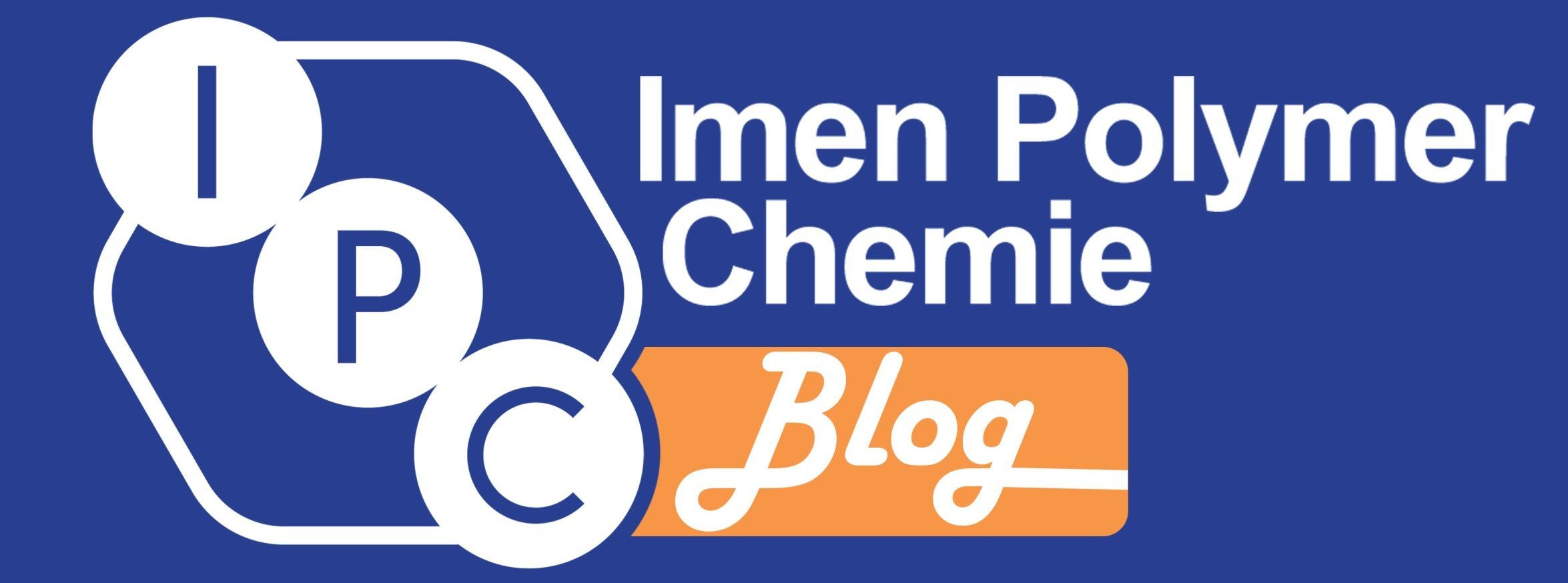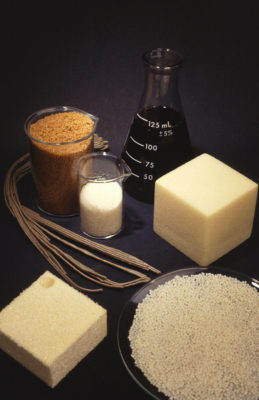Polyurethane is a polymer synthesized from polyols and isocyanates, along with appropriate additives. Thanks to its exceptional properties such as thermal insulation and mechanical strength, polyurethane is widely used in industries like automotive, construction, medical, and textiles. According to the European Trade Association’s report last year, polyurethane ranked as the sixth most-used plastic globally, accounting for approximately 5.3% of global plastic production—equivalent to nearly 400 million tons. However, this extensive production and high demand for polyurethane have led to the generation of significant amounts of solid polyurethane waste, emphasizing the need for effective recycling methods to mitigate its environmental impact.
Unfortunately, the lack of effective recycling mechanisms has resulted in most polyurethane waste being sent to landfills or incinerators. While polyurethane waste decomposes naturally in landfills, the process can take thousands of years and significantly alter the soil’s pH. Meanwhile, thermal decomposition of plastic waste can release toxic gases like dioxins and heavy metals such as cadmium and lead, causing extensive and long-term environmental damage when disposed of through conventional methods.
In recent years, biological decomposition of polyurethanes has rapidly advanced, emerging as a promising method for recycling plastics. Recently, researchers at Peking University developed an innovative catalytic process with significant potential to decompose waste polyurethanes and convert them into valuable raw materials. This process combines methanolysis and hydrogenation within a CO2/H2 reaction environment. The method enables the production of high-value products such as polyimide, known for its superior thermal and electrical insulation properties, and biodegradable plastic polylactone. Both polymers demonstrated better performance compared to existing commercial products.
The process employs a zinc-copper catalyst to depolymerize (break down) polyurethane into diamines, diols, and lactones. These intermediates were subsequently used to produce polyimide and polylactone. The researchers tested the process on four commercial polyurethane products, including shoe soles, pipes, tires, and safety tapes. For instance, 5 grams of tire waste, primarily composed of polyurethane, yielded 86% of usable products. These were then used to produce approximately 2.2 grams of polyimide film for dielectric capacitors and 0.44 grams of polylactone with satisfactory flexibility and bending properties.
The depolymerization efficiency of other products was 77% for shoe soles, 80% for pipes, and 82% for safety tapes. The researchers stated that these results demonstrate the efficacy of their reaction on various polyurethane compositions and confirm the potential of this method as a pathway for converting waste into high-performance materials.
In conclusion, while polyurethane can be relatively easily separated from waste streams, its complex monomer structures and crosslinked networks make recycling or repurposing a challenge. Various methods for recycling polyurethane have been explored, with methanolysis being a straightforward approach to breaking down the polymer. However, producing low-value polyols and monomers like methyl carbamates from breaking the –C(=O)–O– bonds in urethane structures makes this method less attractive for polyurethane reproduction.
A more effective alternative is catalytic hydrogenation, which atomically and efficiently breaks –NH–C(=O)– and –C(=O)–O– bonds to recover base monomers or their derivatives. Although homogeneous catalytic hydrogenation systems have been developed for this conversion, their low thermal stability and challenges in catalyst separation for reuse may limit practical applications. Thus, this innovative approach not only creates a new pathway for repurposing polyurethane waste into a wide range of valuable and functional polymers but also contributes to achieving a sustainable future.





